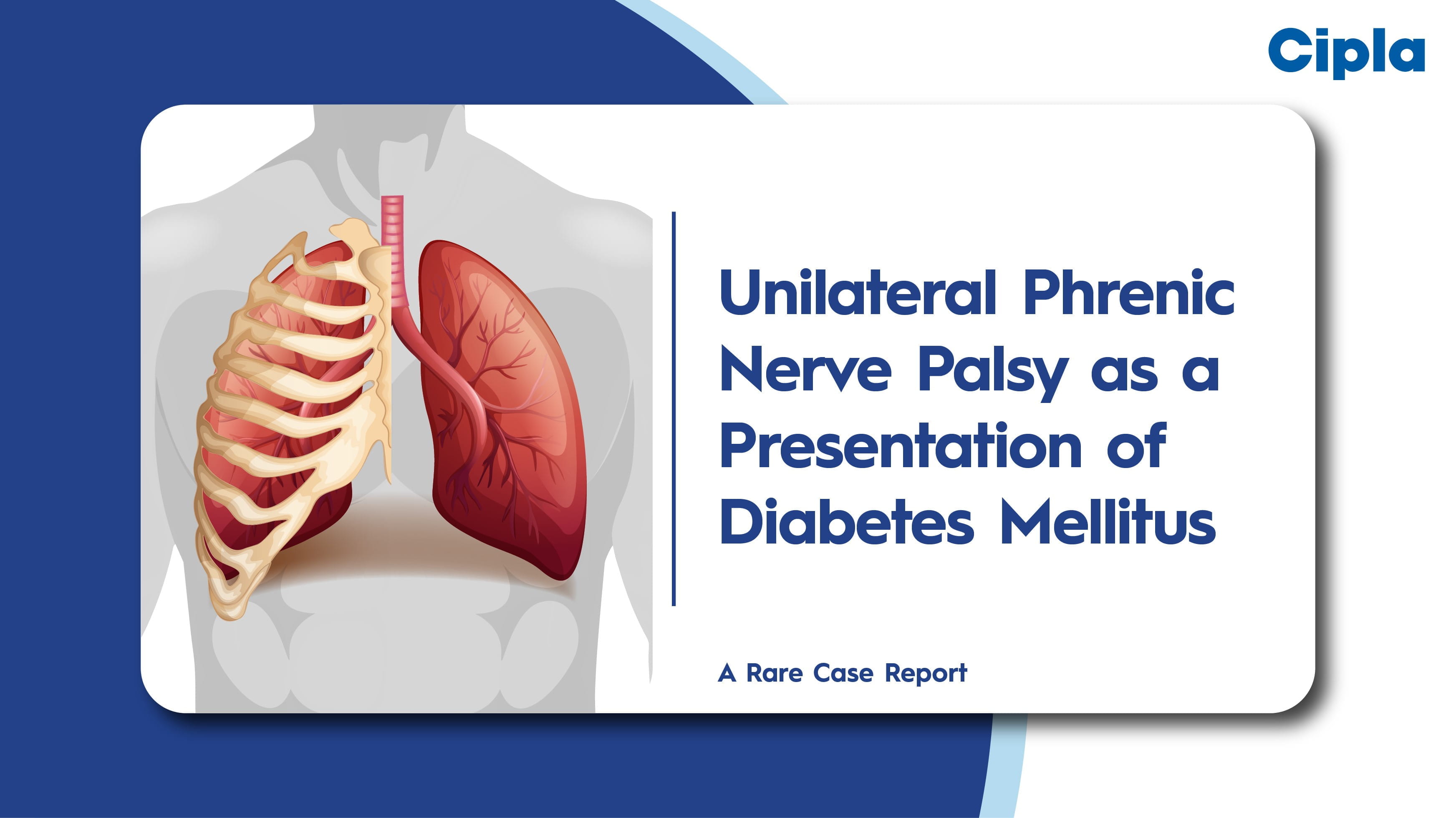The session discussed difficult to manage CNS infections through a case-based approach.
The first case presented was a 64 year old woman with a 2-year history of fever of unknown origin (FUO) and 1 week history of remitting-relapsing episodes of dysarthria and left hemi-paresis. Her past medical history was relevant for relapsing urinary tract infection (UTI) with bilateral hydronephrosis caused by ureteral stenosis. She had chronic kidney disease (III B). Physical examination showed that she was clinically stable with normal vital signs and febrile. Neurological examination showed left VII and XII cranial nerve palsy and the left arm weakness. Blood analysis showed slightly elevated white blood cell count and elevated the C-reactive protein. Urine dipstick showed pyuria and hematuria. Transthoracic echocardiogram showed suspected vegetation on native aortic valve; chest Xray revealed diffuse bilateral small infiltrates and abdominal ultrasound bilateral hydronephrosis. On day 4, cerebral MRI showed right frontal lobe enhancement, leptomeningeal inflammation and diffuse ring shaped multiple micronodules. Mild signs of intracranial hypertension were present. On day 8, the patient underwent a full body CT scan which showed diffuse, bilateral, ground glass pulmonary infiltrates and consolidation with tree-in-bud appearance and marked tracer uptake. On day 10, the patient's condition deteriorated and she went into a comatose state. A narrow surgery was called in with neurosurgical drainage of the lateral ventricle. A cerebral spinal fluid shunt was placed in the lateral ventricle in order to reduce intracranial pressure. Based on the patient's history and the clinical presentation, a real time PCR and cerebrospinal fluid were tested for tuberculosis. It came positive and a diagnosis of disseminated tuberculosis with the lung, kidney and central nervous system involvement was made. The patient was immediately initiated on therapy on day 13 with a 4-drug regimen (isoniazid, rifampin, pyrazinamide, and either ethambutol) with IV dexamethasone. On day 15, the patient suffered intracranial bleeding and passed away on day 17. The learning points from this case are that it is of utmost importance for patients with a long-standing history of fever and UTI with persistent negative urine cultures plus ureteral stenosis to be screened for active renal tuberculosis. The diagnostic accuracy of IGRAs and TST is lower in active TB when compared to patients with latent disease; when clinical suspicion is high, active TB should be ruled out through direct mycobacterial isolation. It is important to diagnose CNS-tuberculosis early as mortality rate is associated with stage of the disease.
The second case was 72 years old with unremarkable medical history; he underwent a gastroscopy and a colonoscopy. He was recently diagnosed with hypertension and dyslipidemia. He presented to the emergency department with progressive neurological symptoms over a course of 3 days-the patient could not read the newspaper and found it difficult to form sentences. An emergent CT scan of the brain showed changes in the left temporal lobe that were suggestive of a primary tumor, metastasis, infection or an infarction. A CT scan of the thorax and abdomen had a suspicion of neoplasia or pneumonia infection in the right upper lung lobe. Brain MRI showed lesions which too were included in the suspicion for neoplasia. However, looking at the brain centrally showed diffusion restriction parameters that could be suggestive for an abscess. The biopsy along with drainage was conducted and the anatomic-pathology results suggested acute inflammation with scattered perivascular infiltrates of plasma cells with no arguments for metastasis, glioma or lymphoma. Culture testing showed gram positive filamentous bacteria and MALTI-TOF gave the identification of Schaalia meyeri (previously known as Actinomyces meyeri). The bacteria is a commensal of the oropharynx, oesophagus and the genitourinary tract. This infection is mostly described as invasive or disseminated bacterial infection, mimicking malignancy. For treatment, they are very susceptible bacteria and can be treated with penicillin. In this case high doses of penicillin were administered intravenously for 5 weeks. This was followed by amoxicillin as in a continuation phase. Schaalia meyeri brain abscess is rare and around 10 cases have been reported in literature. In these cases, 50% of the of the cultures were negative but anatomic pathology report and 16s PCR could be complementary. Surgical treatment can help reduce the load of bacteria and antibiotic treatment is long.
The third case was of dual fungal brain abscess in a immunocompromised child. Paediatric brain abscess is a significant public health challenge with a worldwide prevalence of 0.4/100,000/year, 25% of the brain abscess cases are in children. The causative agents vary widely. Successful management entirely depends on the early diagnosis and early initiation of the treatment. The case presented was an 8 month old child with normal developmental milestones, born of consanguineous marriage; he was to the emergency department with fever and cough for 20 days. A provisional diagnosis of pneumonia based on the signs and symptoms was made. Initial evaluation showed that the child had nasal flaring, intercostal retractions and bilateral check crepitations. Despite HFNO, to achieve saturation the child needed intubation. Chest X-ray showed bilateral infiltrates and right lower lobe consolidation. Empirical antibiotics Amoxicillin and Vancomycin (for high prevalence of MRSA) were initiated. The child had delayed capillary filling time and a diffuse decreased perfusion pressure and was started on fluid bolus and anaerobic support. A high lymphocytic predominance and decreasing platelet count was found, CRP was high. Four days after hospitalization, the child developed focal seizure; neuroimaging was suggestive of multiple brain abscess (<10) not amenable to aspiration initially. Repeat imaging and CT guided aspiration 3 days revealed 2 species of fungusAspergillus fumigatus and Aspergillus nidulans. (28:20). With targeted antifungal treatment, there was initial improvement; but after 4 days the child succumbed to cardiogenic shock. An immunodeficiency workup revealed a decrease in B lymphocyte lineage with decrease in IgM class. In conclusion, fungal infections in immunocompromised patients are associated with high mortality and samples from other sites can help in the diagnosis of disseminated infection in case of brain abscesses.
The fourth case presented was of a 56-year old male who was socially distressed, had a history of cocaine abuse, pulmonary emphysema and bronchiectasis. He suffered from severe fungal esophagitis 1 year before. On presentation, the patient was lethargic, aphasic; vital signs were stable; laboratory analysis showed neutrophilic leukocytosis and elevated CTP, transaminase and creatine-phosphokinase. CT scan revealed multiple abscesses in the left hemisphere with a significant midline shift. The patient had negative results for M. tuberculosis; galactomannan and beta-D-glucan on serum were negative. The patient was initiated on imipenem/cilastatin, trimethoprim/sulphameoxazole and lizezolid. The patient underwent decompression after 10 days of antimicrobial therapy. A stereotactic biopsy of the deepest lesion detected fungal conidia of Fusarium species. The patient was initiated on voriconazole therapy; a CT scan after 15 days showed reduction of lesions. However, the patient's clinical condition worsened and was sent to the palliative care unit. Fusarium species are found in soil, aerial plant parts and have 7 phylogenetic species complexes that cause disease in humans. In cultures, it shows macroconidia and microconidia. It can cause diseases such as onychomycosis, keratitis, if ingested with food/water it can lead to mycotoxicosis. In patients with severe immunosuppression, it can cause disseminated disease.
The fifth case presented was the first reported case of Azorhizobium caulinodans CNS infection in a paediatric patient. The patient was a 18 months old boy who was brought by his parents to the hospital a progressive worsening of general condition, especially in motor acquisition until falling to the ground due to loss of balance. Head CT scan showed decompensated hydrocephalus. An urgent drainage was performed and an external ventricular shunt was positioned. Brain MRI confirmed the presence of cerebral neoplasia at posterior cranial fossa. The baby underwent a radical surgery a few days after the placement of the external ventricular shunt. A week after the surgery, the baby developed fever with no signs of infection, CRP was negative, WBC count was normal. Blood culture was positive for Coagulase-Negative Staphylococci for which Vancomycin was initiated and was then shifted to ceftriaxone. The fever persisted and cerebrospinal fluid showed gram negative rods, phagocytosis, hypoglycorrhachia and augmented proteins, MRI had suspicion of ependymitis. High doses of meropenem were started at 30 mg/ kilo four times a day in at least 3 hours of infusion. The Gram negative cultures showed a very slow growth and were difficult to identify. Next generation sequencing revealed 99.78% identity for Azorhizobium caulinodans. Disk diffusion test for meropenem showed no inhibition zone. After 1 month meropenem therapy, the patient was initiated on trimethoprim/sulfamethoxazole at high doses (5 mg/kg) and levofloxacin 10 mg/kg/day. CSF culture was persistently negative and this treatment was stopped after one month. The key points from this case were that the team was unable to identify the organism with classical methods. There is a need for clinical data on the molecule crossing the blood brain barrier in a young child. In addition, there is lack of evidence in the treatment of difficult infections in children and for new molecules in children.
European Congress of Clinical Microbiology and Infectious Disease 2023, 15th April -18th April 2023, Copenhagen, Denmark




